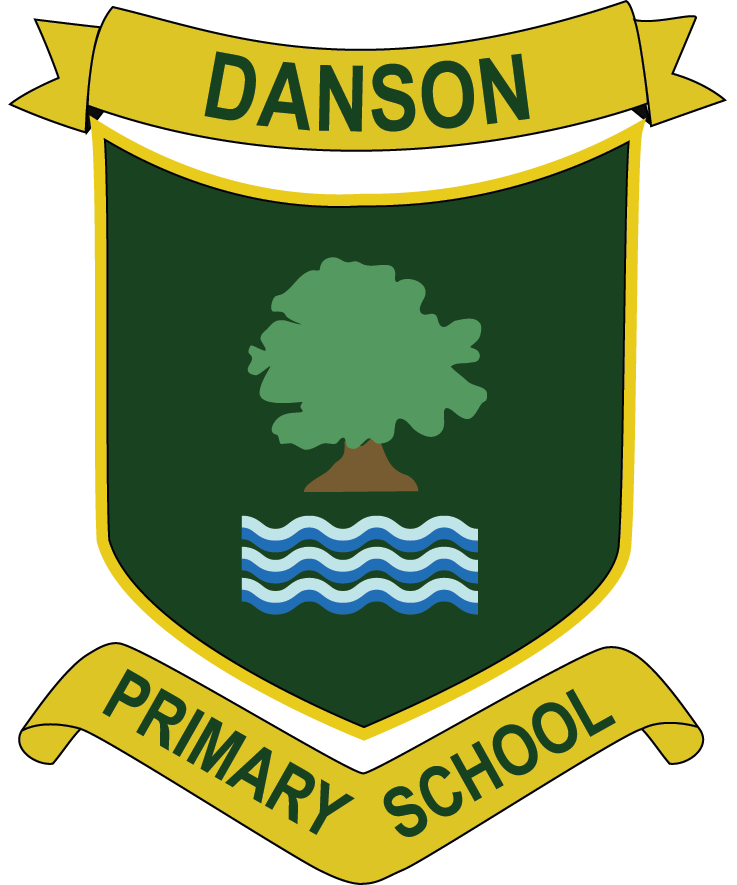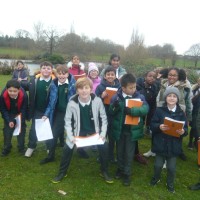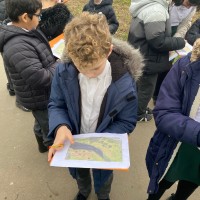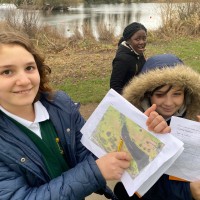Geography
Geography
Our learning of Geography at Danson Primary School is a creative and stimulating approach which enables the children to have varied opportunities to be ‘Geographers’. Our curriculum is rich in vocabulary and allows children the opportunity to learn about their local area, as well as the world around them. Children communicate, collaborate, think critically and have the opportunity to express their learning creatively whilst learning about the different aspects of geography.
When teaching the children the subject of geography, their learning is focused on the main concepts from the National Curriculum which are:
- Locational Knowledge
- Place Knowledge
- Human and Physical Geography
- Geography Skills and Fieldwork
Children will broaden their locational knowledge and understanding of globally significant places, oceans and countries around the world. They will learn geographical skills which include how to interpret a range of sources of geographical information and how to collect, analyse and communicate data in a variety of ways. In addition to this, they will engage in fieldwork and observational studies within the local area and extend their love of learning through question-based enquiries and research and develop a recognition and commitment to consider sustainable development.



